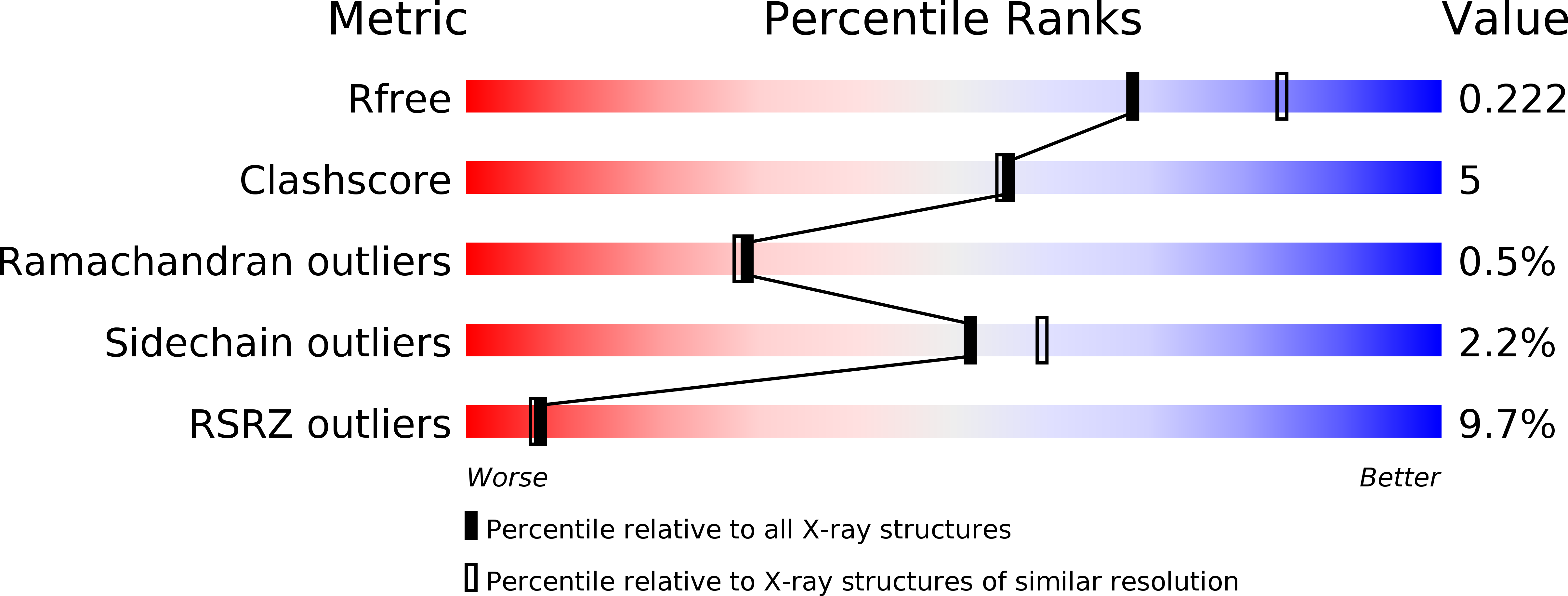
Deposition Date
2005-05-13
Release Date
2006-05-16
Last Version Date
2023-08-23
Entry Detail
PDB ID:
1ZOR
Keywords:
Title:
Isocitrate dehydrogenase from the hyperthermophile Thermotoga maritima
Biological Source:
Source Organism:
Thermotoga maritima (Taxon ID: 243274)
Host Organism:
Method Details:
Experimental Method:
Resolution:
2.24 Å
R-Value Free:
0.22
R-Value Work:
0.18
R-Value Observed:
0.18
Space Group:
P 21 21 21


